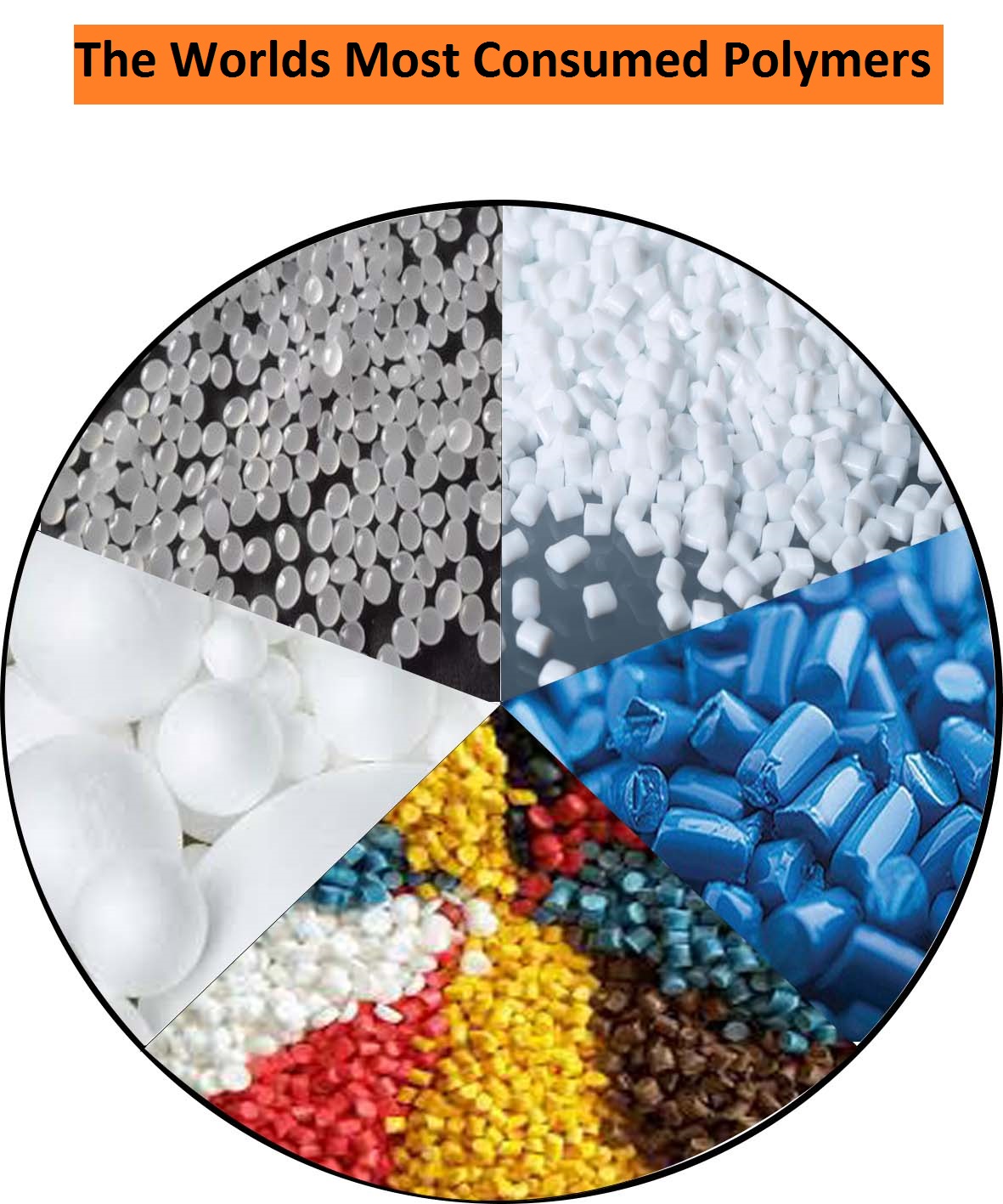The Worlds Most Consumed Polymers: From Applications to Sustainability Challenges

Polymers, among the significant innovations in the modern world of industry and technology, have gained a prominent place in all aspects of human life. These molecular compounds, constructed from chains of monomers, have become part of our daily lives in the past few decades, posing significant challenges in terms of consumption, production, and environmental impacts. In this article, we delve into an exploration of the worlds most consumed polymers, their extensive applications, and the sustainability challenges they present, along with potential solutions.
1. Polyethylene
Polyethylene stands as one of the most consumed and popular polymers globally, categorized into three types: low-density polyethylene (LDPE), high-density polyethylene (HDPE), and linear low-density polyethylene (LLDPE). Accounting for approximately 31% of the worlds polymer consumption, this polymer is renowned for its high resistance and lightweight nature.
Applications:
Common applications of polyethylene include the production of plastic bags, pipes, and everyday products.
2. Polyethylene Terephthalate (PET)
Polyethylene terephthalate, due to its high strength, ability to withstand high pressures, and resistance to carbon dioxide permeation, finds widespread use in preserving food materials. This polymer is a popular choice for bottles and fibers.
Applications:
PET grades are used for containing carbonated beverages, and PET fibers are extensively employed in the textile industry for clothing production.
3. Polypropylene
Polypropylene, owing to its high heat resistance and versatile applications in industries such as automotive and packaging, ranks among the worlds most consumed polymers. With an annual consumption of 45.6 million tons, it is utilized in the production of electrical appliances, packaging, and everyday items.
Applications:
Polypropylene is commonly used in car interiors, food packaging, and the manufacturing of industrial items.
4. Polyvinyl Chloride (PVC)
Polyvinyl chloride, known for its chemical and biological resistance, easy formability, and versatility in creating various materials, falls into the category of multi-functional polymers. However, its crucial to note that PVC poses health and environmental risks as a hazardous plastic.
Applications:
PVC is employed in constructing pipes, flooring, household items, and building materials.
5. Polystyrene
Polystyrene is a transparent and resilient polymer with suitable electrical properties. Due to its lightweight and low cost, it is used in various everyday applications instead of glass and metal.
Applications:
Polystyrene is utilized in the production of disposable containers, tableware, and electronic components.
Challenges and Solutions
Despite their unique characteristics and widespread applications, polymers come with challenges such as environmental pollution, high energy consumption in production, and waste management issues. Sustainable solutions, including the development of eco-friendly polymers, increased recyclability, and the promotion of sustainable alternatives, can help mitigate the negative impacts of these polymers.
Conclusion
Polymers, as vital elements in both industry and modern life, have contributed to the improvement of human quality of life. However, concerns regarding environmental effects and waste management challenges persist. The development and implementation of sustainable solutions in polymer production and usage can contribute to maintaining a balance between the advantages and disadvantages of these materials. It is imperative to continue exploring innovative approaches that prioritize both technological advancements and environmental preservation in the realm of polymer science.
Read More: